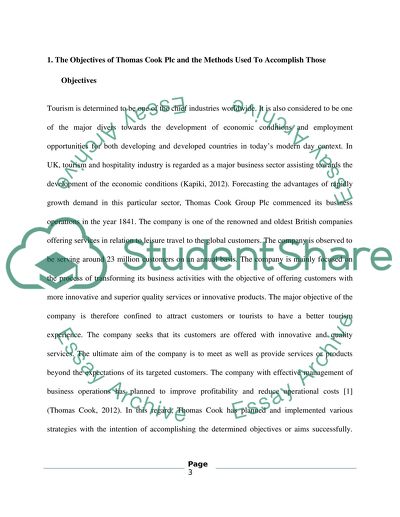Cite this document
(“Analysing tourism and Hospitality Organisation Essay”, n.d.)
Analysing tourism and Hospitality Organisation Essay. Retrieved from https://studentshare.org/tourism/1481085-analysing-tourism-and-hospitality-organisation
Analysing tourism and Hospitality Organisation Essay. Retrieved from https://studentshare.org/tourism/1481085-analysing-tourism-and-hospitality-organisation
(Analysing Tourism and Hospitality Organisation Essay)
Analysing Tourism and Hospitality Organisation Essay. https://studentshare.org/tourism/1481085-analysing-tourism-and-hospitality-organisation.
Analysing Tourism and Hospitality Organisation Essay. https://studentshare.org/tourism/1481085-analysing-tourism-and-hospitality-organisation.
“Analysing Tourism and Hospitality Organisation Essay”, n.d. https://studentshare.org/tourism/1481085-analysing-tourism-and-hospitality-organisation.


